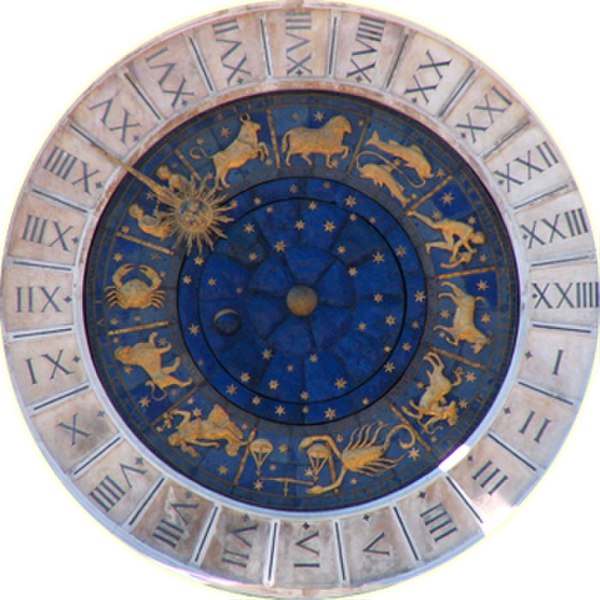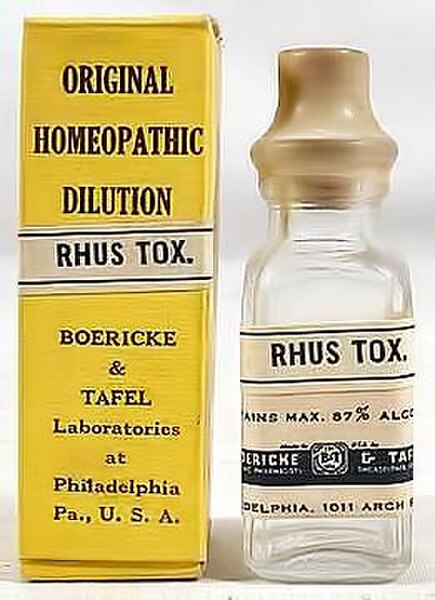Pseudoscience
Videos
Page
Pseudoscience consists of statements, beliefs, or practices that claim to be both scientific and factual but are incompatible with the scientific method. Pseudoscience is often characterized by contradictory, exaggerated or unfalsifiable claims; reliance on confirmation bias rather than rigorous attempts at refutation; lack of openness to evaluation by other experts; absence of systematic practices when developing hypotheses; and continued adherence long after the pseudoscientific hypotheses have been experimentally discredited. It is not the same as junk science.

A typical 19th-century phrenology chart: During the 1820s, phrenologists claimed the mind was located in areas of the brain, and were attacked for doubting that mind came from the nonmaterial soul. Their idea of reading "bumps" in the skull to predict personality traits was later discredited. Phrenology was first termed a pseudoscience in 1843 and continues to be considered so.

The astrological signs of the zodiac

Homeopathic preparation Rhus toxicodendron, derived from poison ivy
Scientific method
Videos
Page
The scientific method is an empirical method for acquiring knowledge that has characterized the development of science since at least the 17th century. The scientific method involves careful observation coupled with rigorous scepticism, because cognitive assumptions can distort the interpretation of the observation. Scientific inquiry includes creating a hypothesis through inductive reasoning, testing it through experiments and statistical analysis, and adjusting or discarding the hypothesis based on the results.

Flying gallop as shown by this painting (Théodore Géricault, 1821) is falsified; see below.

Muybridge's photographs of The Horse in Motion, 1878, were used to answer the question of whether all four feet of a galloping horse are ever off the ground at the same time. This demonstrates a use of photography as an experimental tool in science.

A famous example of discovery being stumbled upon was Alexander Fleming's discovery of Penicillin. One of his bacteria cultures got contaminated with mould in which surroundings the bacteria had died off; thereby the method of discovery was simply knowing what to look out for.